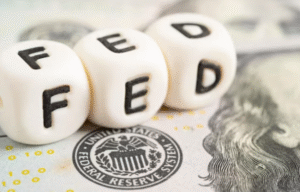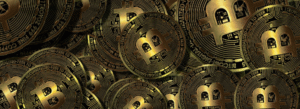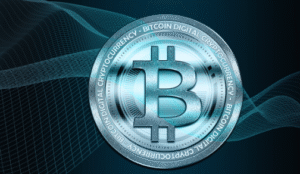$SPY $BTC $DXY
#FederalReserve #JeromePowell #InterestRates #Inflation #USMarket #EconomicPolicy #MonetaryPolicy #RateHikes #CoreInflation #FinancialMarkets #Hawkish #CentralBank
The Federal Reserve has entered a pivotal new phase in its economic strategy, with Chair Jerome Powell emphasizing inflation control even as recent monetary policy leaned towards easing. Earlier this year, the Fed implemented a series of rate cuts totaling 1 percentage point, aiming to support slowing economic growth amidst global uncertainty. However, Powell’s latest comments signal a shift in tone, prioritizing inflation stabilization above other macroeconomic concerns. Core inflation, which strips out volatile food and energy components, remains persistently above the Fed’s 2% target. This ongoing inflationary pressure underscores the complexity of navigating monetary policy that balances economic momentum with price stability.
Fed officials have updated their forward guidance, adjusting their outlook on interest rates. Most notably, they revised their projections for 2025, indicating a more hawkish positioning compared to prior communications. While initial projections suggested gradual rate normalization, current forecasts imply room for additional tightening if inflation does not moderate as anticipated. The updated dot plot revealed a notable divergence among policymakers, reflecting the heightened uncertainty around growth trajectories and price sensitivity. Markets are now assessing the likelihood of longer-term elevated rates, which could pose challenges to risk assets such as equities and high-yield bonds, while the U.S. Dollar Index ($DXY) may be bolstered by tightening monetary conditions.
The stock market has responded to Powell’s messaging with heightened volatility, as investors weigh the balance between economic resilience and cost-of-capital implications. The S&P 500 ($SPY), which rallied earlier in the year on the back of rate cuts, faces potential headwinds if higher-for-longer rate expectations take hold. Sectors sensitive to borrowing costs, such as real estate and technology, are particularly in focus. Meanwhile, the cryptocurrency market, exemplified by Bitcoin ($BTC) as a speculative growth asset, may also feel the ripple effects of this renewed hawkish stance. Historically, higher interest rates have tempered liquidity, a crucial driver of crypto enthusiasm. However, Bitcoin’s potential appeal as an inflation hedge could attract renewed interest should inflation linger.
In broader terms, the Fed’s prioritization of inflation over aggressive growth accommodation could send ripples beyond U.S. markets. The tightening bias may accentuate the yield differential between U.S. Treasuries and global bonds, attracting foreign capital and potentially strengthening the dollar. This could pressure emerging markets reliant on dollar-denominated debt while maintaining tight financial conditions globally. Policymakers face a fine line: tightening enough to re-anchor inflation expectations without inadvertently curbing growth momentum to recession levels. For now, Powell’s remarks reaffirm the Fed’s commitment to vigilance, signaling an evolving monetary policy framework with growth concerns increasingly subordinate to inflationary vigilance.











Comments are closed.